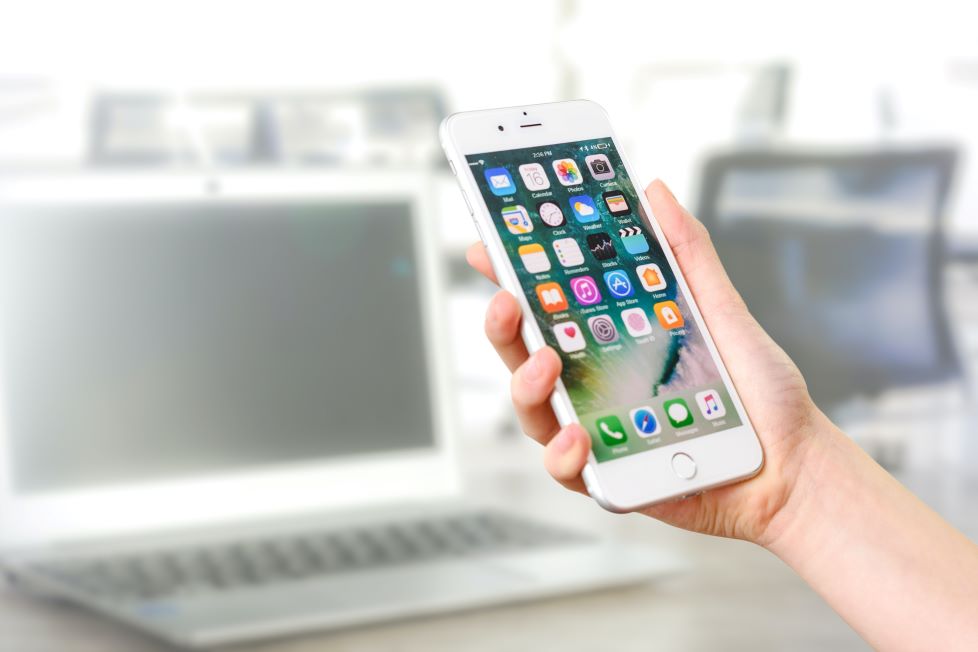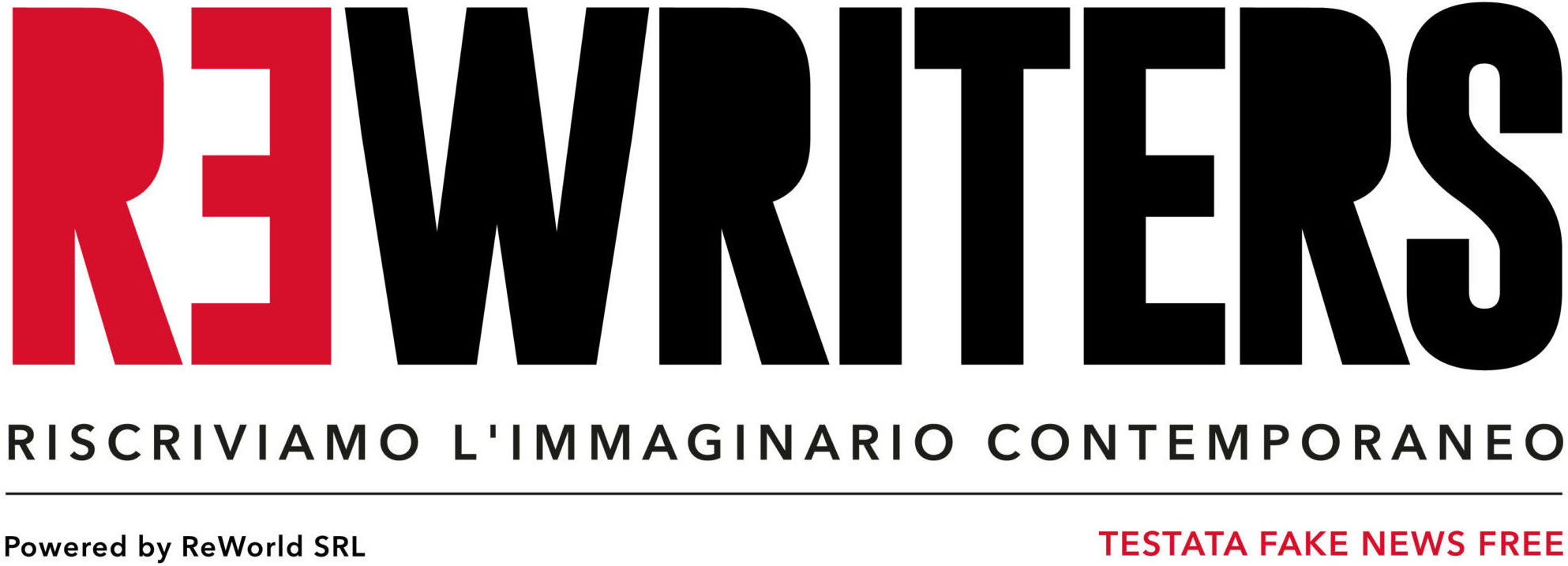Covid-19: ecco il “gateway” europeo per il tracciamento dei contatti
Spezzare la catena di trasmissione del virus a livello transfrontaliero. Questo il fine del servizio di tracciamento digitale che unisce i dati di tutte le app europee come la nostra Immuni.





